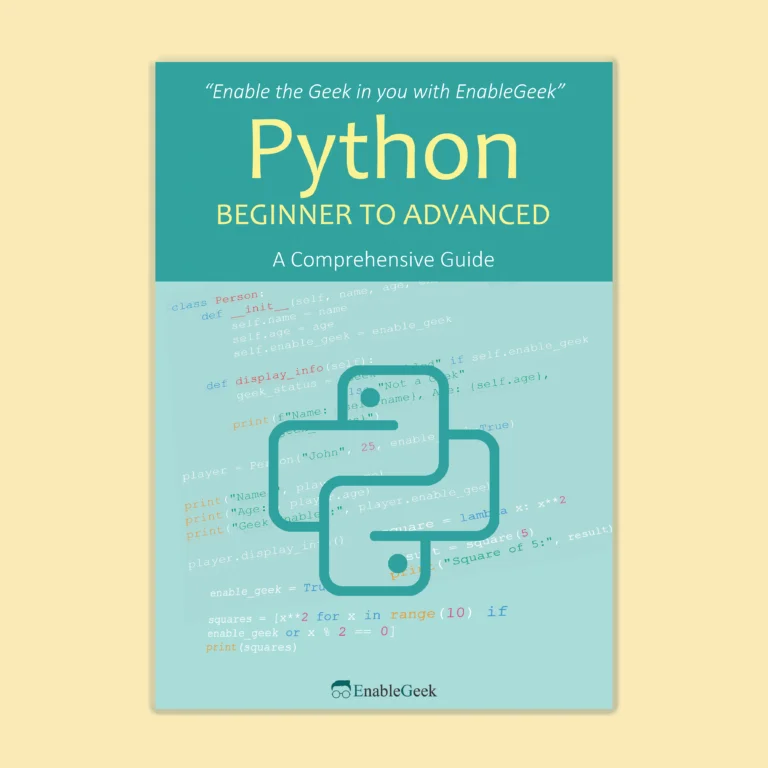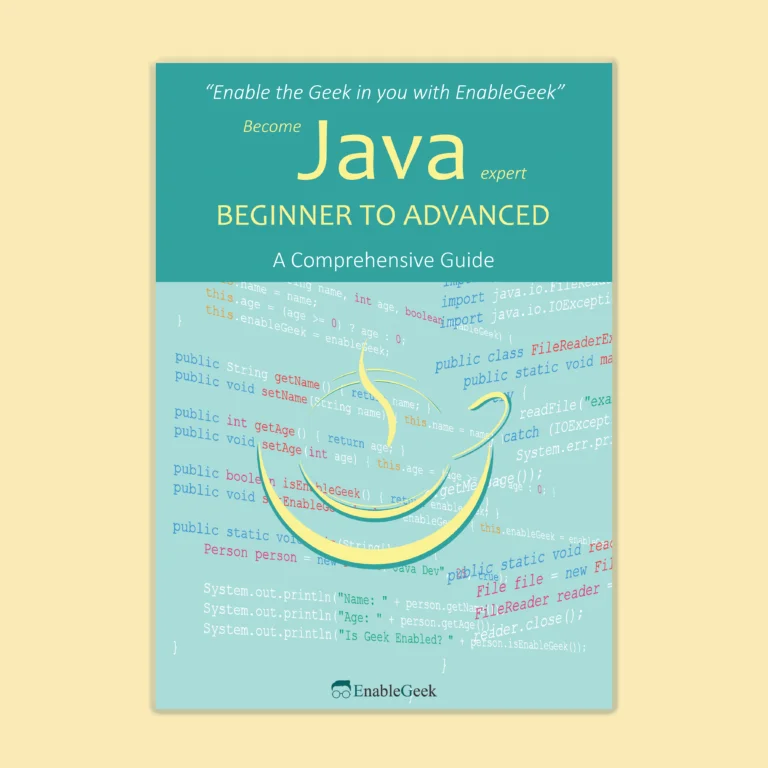Tutorial Series: JavaScript Advanced
JavaScript Advanced is the highest level of JavaScript proficiency, where developers can use the language to build highly complex and advanced applications. At this level, developers must be familiar with the most advanced features of the language and be able to apply them in practical and effective ways.
One key area of focus at the advanced level is JavaScript performance optimization. This involves understanding how to write code that is optimized for speed and efficiency, which can be critical for applications that need to handle large amounts of data or process complex calculations. Techniques such as code profiling, caching, and code splitting are commonly used to improve performance.
Another important concept at the advanced level is functional programming. This involves writing code that is based on functions and avoids mutable states, which can make code more predictable, maintainable, and easier to reason about. Advanced developers are also proficient in using higher-order functions, closures, and currying to create more concise and flexible code.
At the advanced level, developers must also be familiar with advanced design patterns and architectural concepts. These include principles such as separation of concerns, dependency injection, and modular architecture, which can be used to create scalable and maintainable applications. Advanced developers are also proficient in using tools such as webpack, babel, and rollup, which are used for bundling, transpiling, and optimizing JavaScript code.
Finally, at the advanced level, developers must be familiar with the latest developments in the JavaScript ecosystem, including new features in ECMAScript (the JavaScript specification) and emerging technologies such as WebAssembly and Progressive Web Apps. Keeping up to date with the latest trends and best practices in JavaScript is essential for building cutting-edge applications that meet the evolving needs of users and businesses.
JavaScript Advanced is the highest level of JavaScript proficiency, where developers can build highly complex and sophisticated applications. By mastering advanced features, concepts, and tools, developers can create performant, scalable, and maintainable applications that push the boundaries of what is possible with JavaScript.
Javascript Advanced: Introduction to Javascript Engine
Javascript Advanced: What is Call Stack in Javascript
Javascript Advanced: NodeJS is an ultimate Javascript Runtime
Javascript Advanced: A List of the Features of ES6 - Part I
Javascript Advanced: A List of the Features of ES6 - Part II
Javascript Advanced: A List of the Features of ES6 – Part III
Javascript Advanced: What are the Basic I/O Operations in NodeJS
Javascript Advanced: How to Work Javascript Single Threaded Model
Javascript Advanced: What is the Execution Context in Javascript

Check Our Ebook for This Online Course


Advanced topics are covered in this ebook with many examples.
